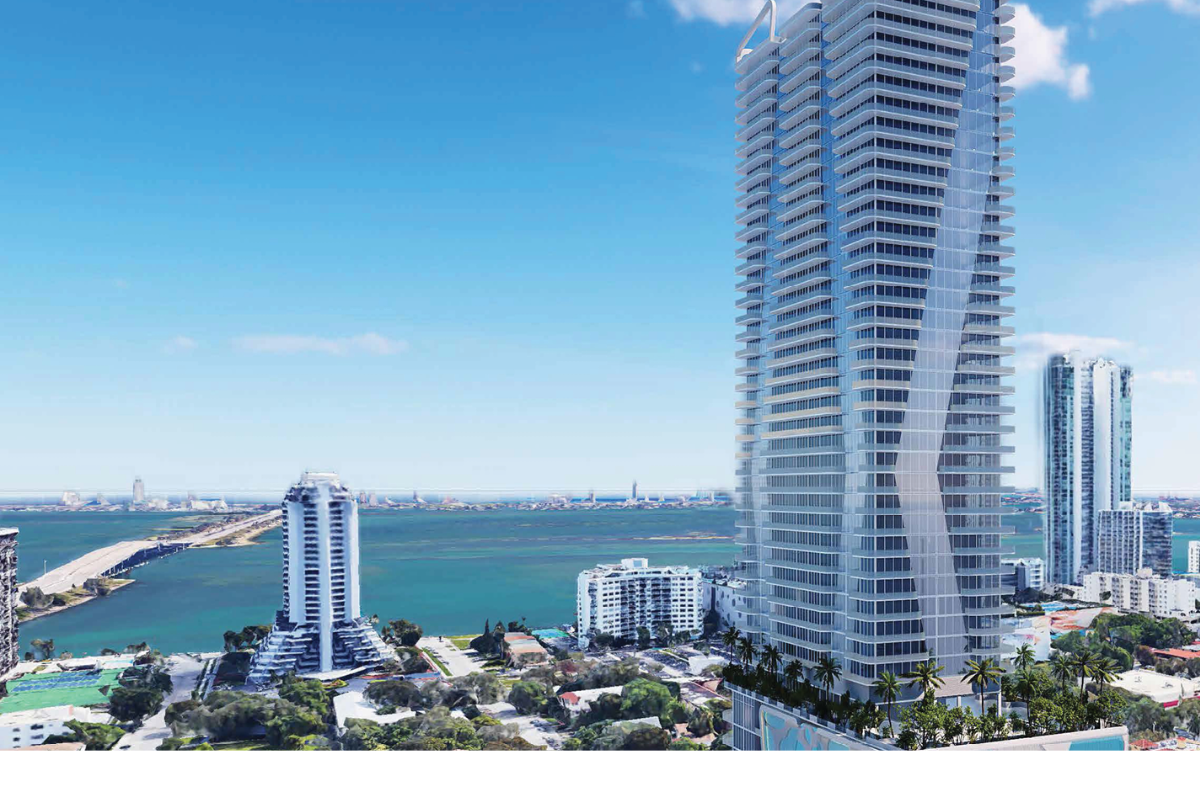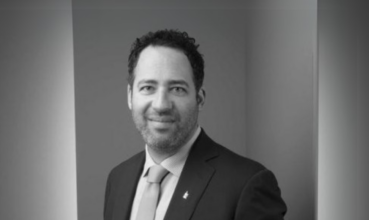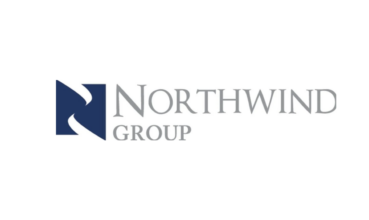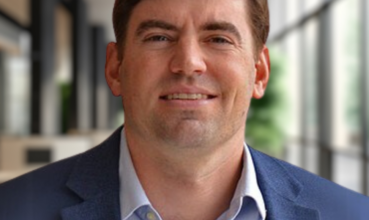As the commercial real estate sector grapples with structural shifts in space utilization, a recent market intelligence report from CommercialEdge, Yardi’s commercial research division...
Miami Builds Upward to Solve Land Scarcity




Limited by water to the east and protected wetlands to the west, Miami’s path forward is clear: it must rise. In a city where horizontal expansion is no longer an option, vertical development has become the cornerstone of growth.
“In Miami-Dade, we’ve run out of land east and west of us. East of us is the Atlantic Ocean. West of us is the Everglades, so for density purposes, we really need to go vertical,” explains Michael Hinton, CCIM, Principal at Lee & Associates, articulating the core challenge driving Miami’s urban development strategy.
This geographic constraint has fueled a wave of sophisticated mixed-use projects that prioritize height, density, and multifunctionality. Tower 36 in Edgewater stands as a prime example, signaling the next phase of urban evolution in space-constrained coastal markets.
Tower 36: A $53 Million Vertical Integration Project
Tower 36 exemplifies Miami’s vertical development trend with its ambitious scope and complex assembly. “Tower 36 was a three parcel assemblage… what ended up being a total acquisition of about $53 million of all three parcels,” Hinton notes.
The project by One Thousand Group, designed by KPF Architects, will integrate branded residences, hotel accommodations, retail spaces, a private members club, food and beverage offerings, wellness amenities, and a helipad. This comprehensive approach shows how developers are maximizing value on increasingly scarce and expensive urban land.
A demolition permit was issued for the site at 3601 Biscayne Boulevard in January 2025, marking the beginning of this significant project for Edgewater’s skyline.


Beyond Ground Floor: Miami’s Multi-Level Retail Innovation
What distinguishes Miami’s approach to mixed-use development is the innovative configuration of commercial spaces throughout vertical structures. “In Miami, we’re seeing even more creative versions of mixed use being penciled out and being very attractive to developers that are creating retail, not just on the first floor, but on the second and third floors,” Hinton observes.
This vertical retail strategy represents a significant departure from traditional developments where commercial spaces were typically confined to street level. The approach creates more dynamic environments and maximizes revenue potential while offering unique experiences for visitors and residents.
Large-scale projects like Miami Worldcenter and Brickell City Centre have pioneered this approach, creating multi-level retail environments that function as destinations themselves.
Geographic Constraints Driving Innovation
Miami’s natural boundaries create unique development challenges that necessitate creative solutions. “The industrial land is incredibly scarce, and we’re seeing residential developments and retail developments creep into what were traditional areas of industrial,” Hinton explains, highlighting how land scarcity is changing Miami’s urban landscape and forcing reconsideration of traditional zoning patterns.
The Miami Downtown Development Authority manages this vertical growth through urban planning, land use regulations, and transportation initiatives to ensure that vertical development enhances rather than diminishes Miami’s urban quality of life.
Edgewater and Wynwood: The New Frontiers
While prestigious neighborhoods like Brickell approach full development, emerging areas north of the urban core present the next frontier for vertical mixed-use projects.
“I would say there’s only one or two parcels still available for development in Brickell. So Brickell is pretty much built out,” Hinton notes. In contrast, “Edgewater, Wynwood, and those are really prime because they’re zoned very well for development… they are really on the north side of our urban core.”
Wynwood’s transformation from warehouse district to vibrant mixed-use neighborhood demonstrates how thoughtful regulatory frameworks can guide development while preserving neighborhood character.
International Capital Fueling Growth
Miami’s vertical development boom is powered significantly by international investment. “A huge percentage of our businesses, our imports and exports are in and out of Central and South America. We have significant foreign capital that comes to vacation here, and investors want to invest and live here, and they move their businesses here,” Hinton explains.
This international appeal is reflected in concrete figures: South Florida’s foreign buyer share reached 10% in 2024, five times larger than the U.S. national average of just 2%. These international investors purchased $3.1 billion of South Florida residential properties in 2024 alone.
The Live-Work-Play Ecosystem
The driving philosophy behind Miami’s vertical mixed-use developments is creating comprehensive environments where people can satisfy multiple needs without extensive travel.
“The beauty of living in Miami-Dade is the walkability and being able to live in an urban core and live work and play,” Hinton emphasizes. This approach aligns with contemporary urban planning principles that prioritize reducing car dependency, enhancing community connections, and creating more sustainable urban environments.
Tower 36 and similar developments are designed as self-contained ecosystems that provide residents with immediate access to retail, dining, wellness facilities, and entertainment options all within a single vertical structure.
Navigating Future Challenges
Despite Miami’s development momentum, stakeholders must navigate complex regulatory and economic uncertainties. “It’s certainly very confusing, with mixed messages, and obviously there may be some significant impacts in Miami-Dade, because we are such an international city,” Hinton acknowledges.
These uncertainties include potential changes to international investment regulations, environmental considerations related to sea-level rise, and evolving consumer preferences. Successful developers must remain adaptable while maintaining a long-term vision for Miami’s vertical future.
A Model for Coastal Cities Worldwide
As Tower 36 and similar projects reshape Miami’s skyline, they represent more than architectural achievements. They embody a fundamental shift in how coastal cities approach development when faced with geographic constraints and growing demand.
By integrating diverse uses throughout vertical structures, maximizing limited land resources, and creating walkable urban environments, Miami is developing strategies that may become standard practice in coastal cities facing similar challenges worldwide.
Similar Articles
Explore similar articles from Our Team of Experts.


In an era where commercial real estate faces unprecedented challenges, Houston-based Moody Rambin stands as a testament to the enduring power of relationships and adaptability in the industr...


When Jared Epstein looks at a neighborhood, he sees possibilities that others might miss. As President of Aurora Capital Associates, Epstein has built his reputation not just by developing l...


In real estate finance, Northwind Group stands out for its strategic adaptability. Founded by Ran Eliasaf, a former Israeli Navy captain turned real estate executive, the firm has evolved fr...


For Porter Henritze, real estate isn’t just a career choice – it’s practically genetic. Born and raised in Atlanta with real estate coursing through his family’s veins, H...



